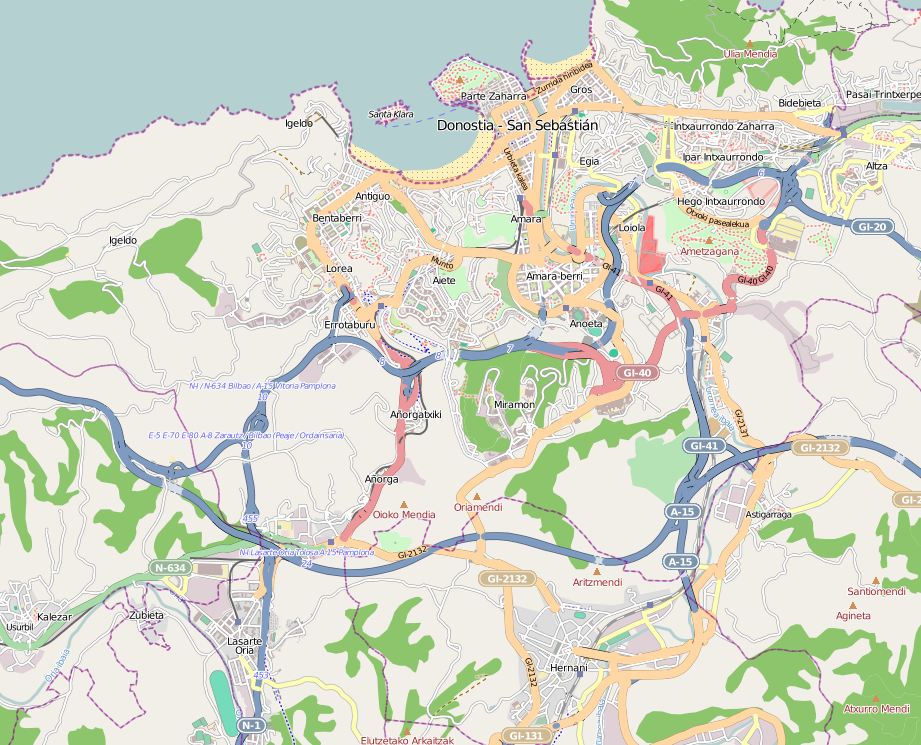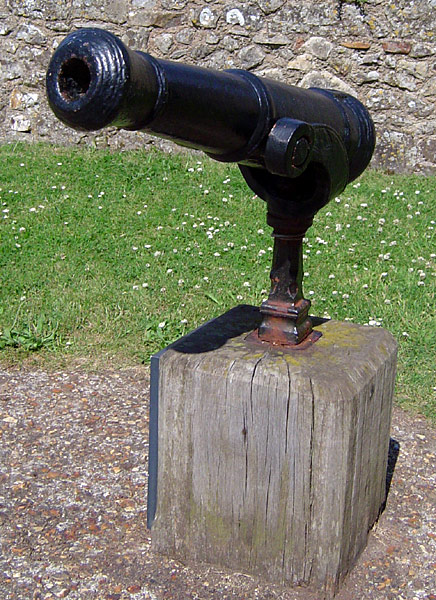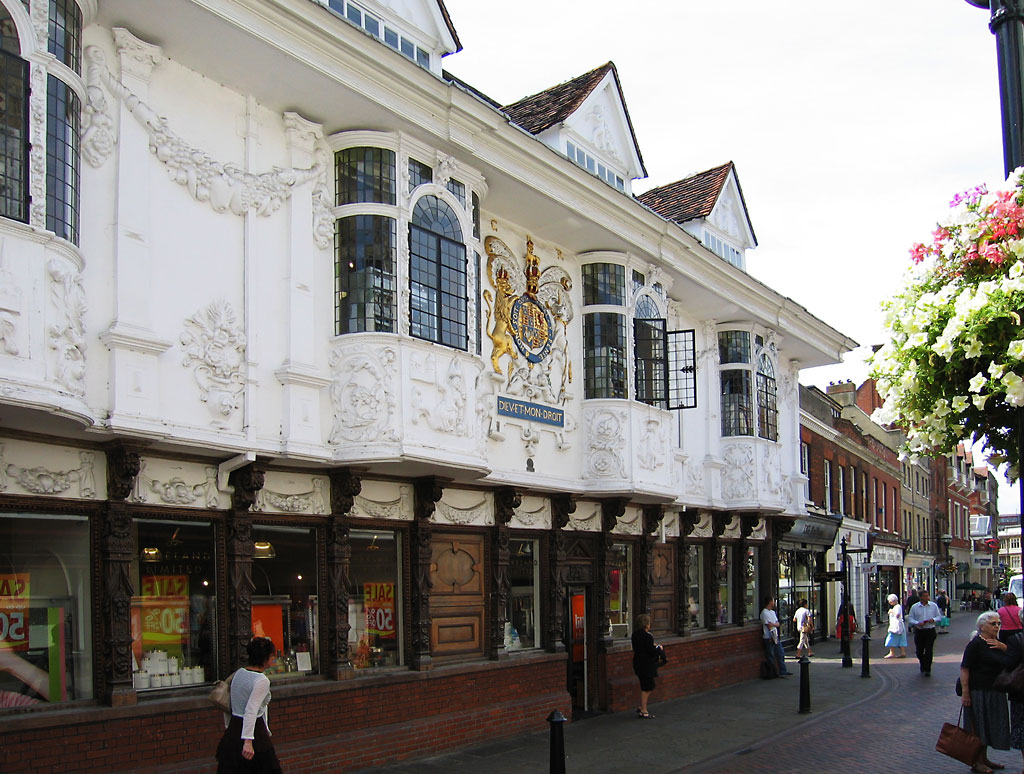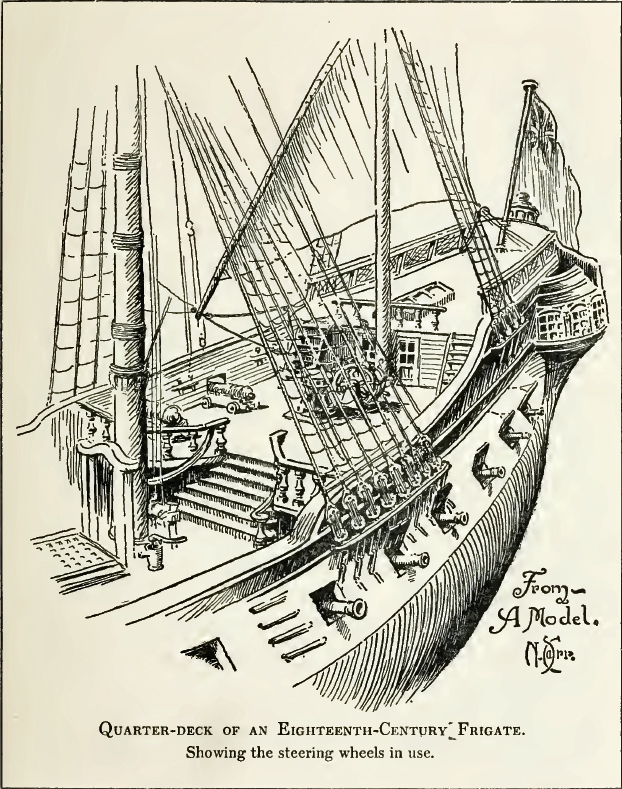|
HMS Hampshire (1741)
HMS ''Hampshire'' was a 50-gun fourth rate ship of the line of the Royal Navy, built at Ipswich by John Barnard to the 1733 proposals of the 1719 Establishment dimensions at Ipswich, and launched on 13 November 1741. On 29 March 1742 she was under the command of Captain Thomas Limeburner when she captured , a Spanish privateer sloop of 12 guns and 12 ''patereros'' (swivel guns). She had a crew of 140 men, some of whom were English. She was a new vessel, only 14 months old, belonging to San Sebastián, and had taken 21 prizes. The Royal Navy apparently briefly took ''Galgo'' into service under her existing name. In January 1743 Limeburner and ''Hampshire'' captured two more privateers, one of the same strength as ''Galgo''. The other was armed with 15 guns and swivels, and had a crew of 124 men. On 17 October 1760 ''Hampshire'', and intercepted five French vessels in the Windward Passage. On 18 October ''Lively'' captured the French 20-gun corvette ''Valeur''. ''Boreas' ... [...More Info...] [...Related Items...] OR: [Wikipedia] [Google] [Baidu] |
John Cleveley The Elder
John Cleveley the Elder (c.1712 – 21 May 1777) was an English marine artist. Life Cleveley was born in Southwark. He was not from an artistic background, and his father intended him to follow the family trade of joinery, so he set up as a carpenter or shipwright in around 1742 at the Deptford Dockyard. Continuing his work in that area throughout his life (indeed, he is referred to as ‘carpenter belonging to His Majesty’s Ship ''Victory'', in the pay of His Mjests Navy’ in letters of administration granted by the Admiralty in 1778 to his widow, probably when she was first fitting out), from about 1745 he also worked as a painter, mostly ship portraits, dockyard scenes of shipbuilding and launches, and some other marine views. They combined his knowledge of shipbuilding with accurate architectural and topographical detail. Apparently mostly self-taught, it is possible that dockyard ship-painters also gave him some training in this area. He toured East Anglia, and ... [...More Info...] [...Related Items...] OR: [Wikipedia] [Google] [Baidu] |
Royal Navy
The Royal Navy (RN) is the United Kingdom's naval warfare force. Although warships were used by Kingdom of England, English and Kingdom of Scotland, Scottish kings from the early medieval period, the first major maritime engagements were fought in the Hundred Years' War against Kingdom of France, France. The modern Royal Navy traces its origins to the early 16th century; the oldest of the British Armed Forces, UK's armed services, it is consequently known as the Senior Service. From the middle decades of the 17th century, and through the 18th century, the Royal Navy vied with the Dutch Navy and later with the French Navy for maritime supremacy. From the mid 18th century, it was the world's most powerful navy until the World War II, Second World War. The Royal Navy played a key part in establishing and defending the British Empire, and four Imperial fortress colonies and a string of imperial bases and coaling stations secured the Royal Navy's ability to assert naval superiority ... [...More Info...] [...Related Items...] OR: [Wikipedia] [Google] [Baidu] |
Indigo
Indigo is a deep color close to the color wheel blue (a primary color in the RGB color space), as well as to some variants of ultramarine, based on the ancient dye of the same name. The word "indigo" comes from the Latin word ''indicum'', meaning "Indian", as the dye was originally exported to Europe from India. It is traditionally regarded as a color in the visible spectrum, as well as one of the seven colors of the rainbow: the color between blue and violet; however, sources differ as to its actual position in the electromagnetic spectrum. The first known recorded use of indigo as a color name in English was in 1289. History '' Indigofera tinctoria'' and related species were cultivated in East Asia, Egypt, India, Bangladesh and Peru in antiquity. The earliest direct evidence for the use of indigo dates to around 4000 BC and comes from Huaca Prieta, in contemporary Peru. Pliny the Elder mentions India as the source of the dye after which it was named. It ... [...More Info...] [...Related Items...] OR: [Wikipedia] [Google] [Baidu] |
Port-de-Paix
Port-de-Paix (; ht, Pòdepè or ; meaning "Port of Peace") is a commune and the capital of the Nord-Ouest department of Haiti on the Atlantic coast. It has a population of 462,000 (2015 IHSI estimate). Port-de-Paix used to be a large exporter of bananas and coffee. History During the Amerindian period this area was called "Xarama" by the Taïno people. The area around the town was given the name "Valparaíso" by Christopher Columbus after landing here in the late evening of December 6, 1492, and today still contains many attractive beaches and cave locations. A ferry operates between the town and Tortuga island, (La Tortue), called "Gusaeni Cahini" by the Taïnos, which is situated just across the water. The town was founded in 1665 by French filibusters, driven from Tortuga Island by the British occupiers. In 1676 the capital of the French Colony of Saint-Domingue was moved from Tortuga to Port-de-Paix, and it remained the seat of government until 1711 when the capital was ... [...More Info...] [...Related Items...] OR: [Wikipedia] [Google] [Baidu] |
Windward Passage
The Windward Passage (french: Passage au Vent; es, Paso de los Vientos) is a strait in the Caribbean Sea, between the islands of Cuba and Hispaniola. The strait specifically lies between the easternmost region of Cuba and the northwest of Haiti. wide, the Windward Passage has a threshold depth of . With Navassa Island on its southern approach, it connects the Atlantic Ocean to the Caribbean Sea, and is in the direct path of shipping between the Panama Canal and the eastern seaboard of the United States. From either the eastern tip of the Guantánamo Province of Cuba, or the western tip of Haiti's Nord-Ouest Department, it is possible to see lights on the other side of the Windward Passage. Territorial dispute For decades, Cuba and Haiti had disputes over where the maritime boundary between the two nations was. In 1977, they settled by signing the Cuba–Haiti Maritime Boundary Agreement setting the official boundary. Geology The Septentrional-Oriente fault zone passes thro ... [...More Info...] [...Related Items...] OR: [Wikipedia] [Google] [Baidu] |
San Sebastián
San Sebastian, officially known as Donostia–San Sebastián (names in both local languages: ''Donostia'' () and ''San Sebastián'' ()) is a city and municipality located in the Basque Autonomous Community, Spain. It lies on the coast of the Bay of Biscay, from the France–Spain border. The capital city of the province of Gipuzkoa, the municipality's population is 188,102 as of 2021, with its metropolitan area reaching 436,500 in 2010. Locals call themselves ''donostiarra'' (singular), both in Spanish and Basque. It is also a part of Basque Eurocity Bayonne-San Sebastián. The main economic activities are almost entirely service-based, with an emphasis on commerce and tourism, as it has long been one of the most famous tourist destinations in Spain. Despite the city's small size, events such as the San Sebastián International Film Festival and the San Sebastian Jazz Festival have given it an international dimension. San Sebastian, along with Wrocław, Poland, was th ... [...More Info...] [...Related Items...] OR: [Wikipedia] [Google] [Baidu] |
Swivel Gun
The term swivel gun (or simply swivel) usually refers to a small cannon, mounted on a swiveling stand or fork which allows a very wide arc of movement. Another type of firearm referred to as a swivel gun was an early flintlock combination gun with two barrels that rotated along their axes to allow the shooter to switch between rifled and smoothbore barrels. Swivel guns should not be confused with pivot guns, which were far larger weapons mounted on a horizontal pivot, or screw guns, which are a mountain gun with a segmented barrel. An older term for the type is peterero (alternative spellings include "paterero" and "pederero"). The name was taken from the Spanish name for the gun, pedrero, a combination of the word piedra (stone) and the suffix -ero (-er), because stone was the first type of ammunition fired. Configuration Swivel guns are among the smallest types of cannon, typically measuring less than in length and with a bore diameter of up to . They can fire a variet ... [...More Info...] [...Related Items...] OR: [Wikipedia] [Google] [Baidu] |
John Barnard (shipbuilder)
John Barnard (1705–1784) was an 18th century English shipbuilder serving the Royal Navy. Life He was born in 1705 the son of John Barnard a shipwright in Ipswich (1665-1716) and his wife Mary (1668-1734). His father died before he began his apprenticeship but would standardly have joined a ship as a carpenter's apprentice at age 14 and served 7 years on ship before beginning shipbuilding on shore. From 1733 he was employed at St Clement's Yard in Ipswich, but is only formally listed as a Royal Navy employee from April 1740 when as a Master Shipwright he launched HMS Bideford. In October 1742 he relocated to Harwich Dockyard. In 1773 he opened a secondary yard known as Barnard's Thames Yard at Deptford. also dabbled in design, creating the Zephyr class in 1778/9. Barnard appears to have gone bankrupt in 1781. This could be the result of under-pricing on a single ship. Inflation in Great Britain was unusually high (at around 13%) in 1780, and this would also cause problem ... [...More Info...] [...Related Items...] OR: [Wikipedia] [Google] [Baidu] |
Ipswich
Ipswich () is a port town and borough in Suffolk, England, of which it is the county town. The town is located in East Anglia about away from the mouth of the River Orwell and the North Sea. Ipswich is both on the Great Eastern Main Line railway and the A12 road; it is north-east of London, east-southeast of Cambridge and south of Norwich. Ipswich is surrounded by two Areas of Outstanding Natural Beauty (AONB): Suffolk Coast and Heaths and Dedham Vale. Ipswich's modern name is derived from the medieval name ''Gippeswic'', probably taken either from an Anglo-Saxon personal name or from an earlier name given to the Orwell Estuary (although possibly unrelated to the name of the River Gipping). It has also been known as ''Gyppewicus'' and ''Yppswyche''. The town has been continuously occupied since the Saxon period, and is contested to be one of the oldest towns in the United Kingdom.Hills, Catherine"England's Oldest Town" Retrieved 2 August 2015. Ipswich was a settlem ... [...More Info...] [...Related Items...] OR: [Wikipedia] [Google] [Baidu] |
Forecastle
The forecastle ( ; contracted as fo'c'sle or fo'c's'le) is the upper deck of a sailing ship forward of the foremast, or, historically, the forward part of a ship with the sailors' living quarters. Related to the latter meaning is the phrase " before the mast" which denotes anything related to ordinary sailors, as opposed to a ship's officers. History and design In medieval shipbuilding, a ship of war was usually equipped with a tall, multi-deck castle-like structure in the bow of the ship. It served as a platform for archers to shoot down on enemy ships, or as a defensive stronghold if the ship were boarded. A similar but usually much larger structure, called the aftcastle, was at the aft end of the ship, often stretching all the way from the main mast to the stern. Having such tall upper works on the ship was detrimental to sailing performance. As cannons were introduced and gunfire replaced boarding as the primary means of naval combat during the 16th century, the medieval ... [...More Info...] [...Related Items...] OR: [Wikipedia] [Google] [Baidu] |
Kingdom Of Great Britain
The Kingdom of Great Britain (officially Great Britain) was a sovereign country in Western Europe from 1 May 1707 to the end of 31 December 1800. The state was created by the 1706 Treaty of Union and ratified by the Acts of Union 1707, which united the kingdoms of England (which included Wales) and Scotland to form a single kingdom encompassing the whole island of Great Britain and its outlying islands, with the exception of the Isle of Man and the Channel Islands. The unitary state was governed by a single parliament at the Palace of Westminster, but distinct legal systems – English law and Scots law – remained in use. The formerly separate kingdoms had been in personal union since the 1603 "Union of the Crowns" when James VI of Scotland became King of England and King of Ireland. Since James's reign, who had been the first to refer to himself as "king of Great Britain", a political union between the two mainland British kingdoms had been repeatedly attempted and ... [...More Info...] [...Related Items...] OR: [Wikipedia] [Google] [Baidu] |
Quarterdeck
The quarterdeck is a raised deck behind the main mast of a sailing ship. Traditionally it was where the captain commanded his vessel and where the ship's colours were kept. This led to its use as the main ceremonial and reception area on board, and the word is still used to refer to such an area on a ship or even in naval establishments on land. Many such facilities have areas decorated like shipboard quarterdecks. In the 20th century the word came to be applied to the area at the stern of the ship, often (on naval vessels) used for secondary weapons and (on battleships) seaplane catapults. In modern military designs the stern has been roofed over by the helicopter deck but a large space remains underneath which is typically used for sonar equipment or small boats and which is still referred to as the quarterdeck in Commonwealth navies. Ceremonial use There are ancient traditions of offering special deference to the quarterdeck. Greek, Roman, and Carthaginian warships all ... [...More Info...] [...Related Items...] OR: [Wikipedia] [Google] [Baidu] |





